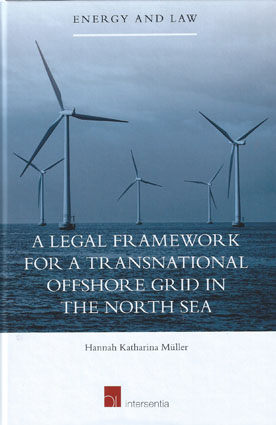
Most North Sea states consider offshore wind energy as a substantial contributor for reaching their renewable energy targets.
To date, the standard approach for transporting the electricity to shore is to connect each wind farm with an individual park-to-shore cable. However, due to the increasing distance from shore, the scarceness of acceptable cable routes and the potential conflicts with other users of the sea, new concepts are required. To harness offshore wind energy in a more efficient manner, the North Sea states thus consider to develop a transnational offshore grid.
This book examines the legal frameworks applying to offshore grid development under international law, European Union law and national law. It reveals that these legal frameworks have not been developed to facilitate such complex (cross-border) infrastructure. It further identifies the main legal and regulatory barriers that a transnational offshore grid would face. Subsequently, the book gives recommendations on how to address these barriers and how to enable the offshore grid.
This is the first academic contribution that examines the legal framework applying to the offshore grid and that establishes concrete legal solutions. Although the focus is on the North Sea, the book is also relevant for developing complex infrastructure in general.